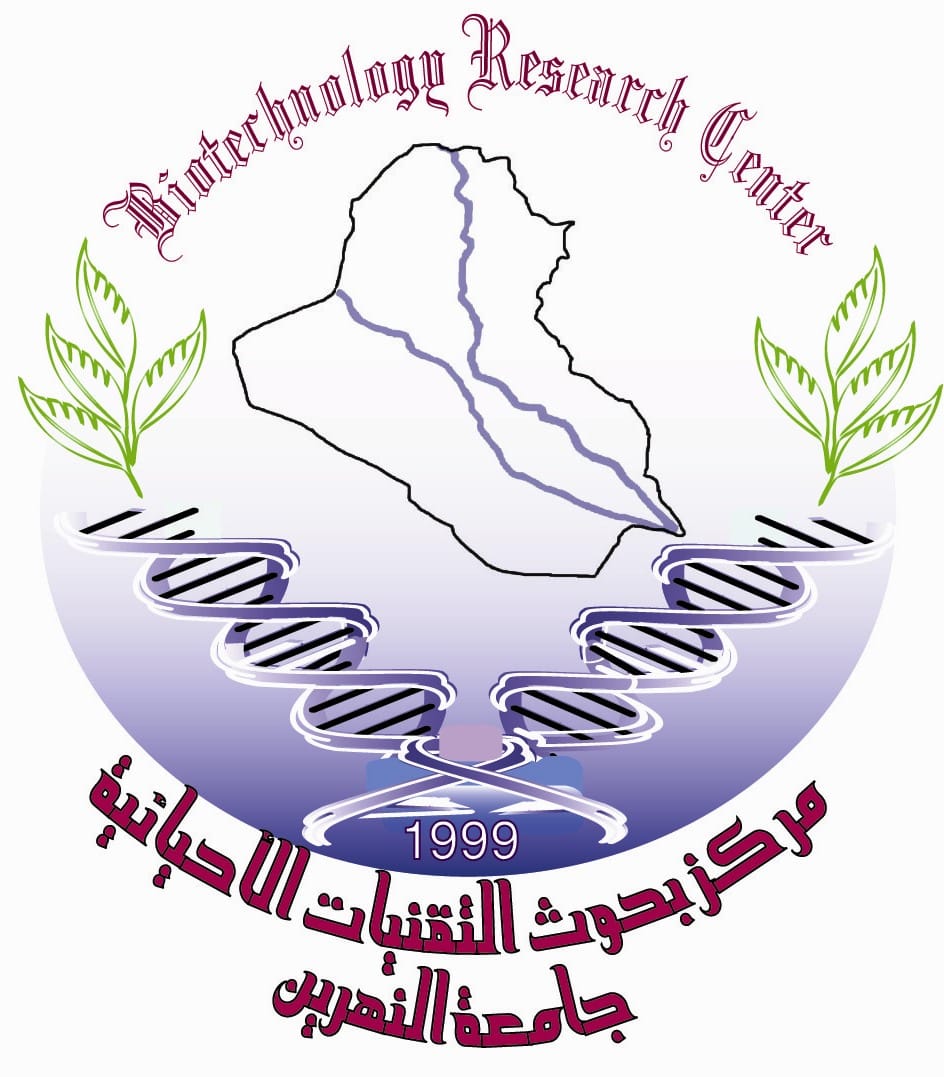Phenotypic and genotypic detection of microcin produced by some Enterobacteraceae
DOI:
https://doi.org/10.24126/jobrc.2019.13.1.572Keywords:
Enterobacteriaceae, Microcin, PCR.Abstract
Back ground: Microcins are ribosomal synthesized antimicrobial peptides produced principally by bacteria of the Enterobacteriaceae family that are active against other bacteria, either in the same species (narrow spectrum), or across genera (broad spectrum) that share the same ecological niche.
Objective: The ability of the Enterobacteriaceae to produce microsines.
Materials and methods: One hundred urine samples have been collected from patients suffering from UTI whom admitted to Al Hakim Hospital in AL-Najaf City during the period from 17October 2017 to 13 February 2018.
Results: The results of PCR technique for amplification show that all isolates were possess mic N by appearance of amplicon with molecular weight 938 bp while 46 (76%) isolates were possess mic N1and 24 (40%) isolates were possess mic N2 gene by appearance of amplicon with molecular weight 368 bp and 167 bp respectively.Cross-streak activity assay was used to detect the selected strains with antibacterial activities against pathogenic bacteria.
Conclusion: some isolates have one or more gene microcin encoded of , however, microcin N is present in all isolates.
Downloads
Published
How to Cite
Issue
Section
License
This is an Open Access article distributed under the terms of the creative commons Attribution (CC BY) 4.0 license which permits unrestricted use, distribution, and reproduction in any medium or format, and to alter, transform, or build upon the material, including for commercial use, providing the original author is credited.











